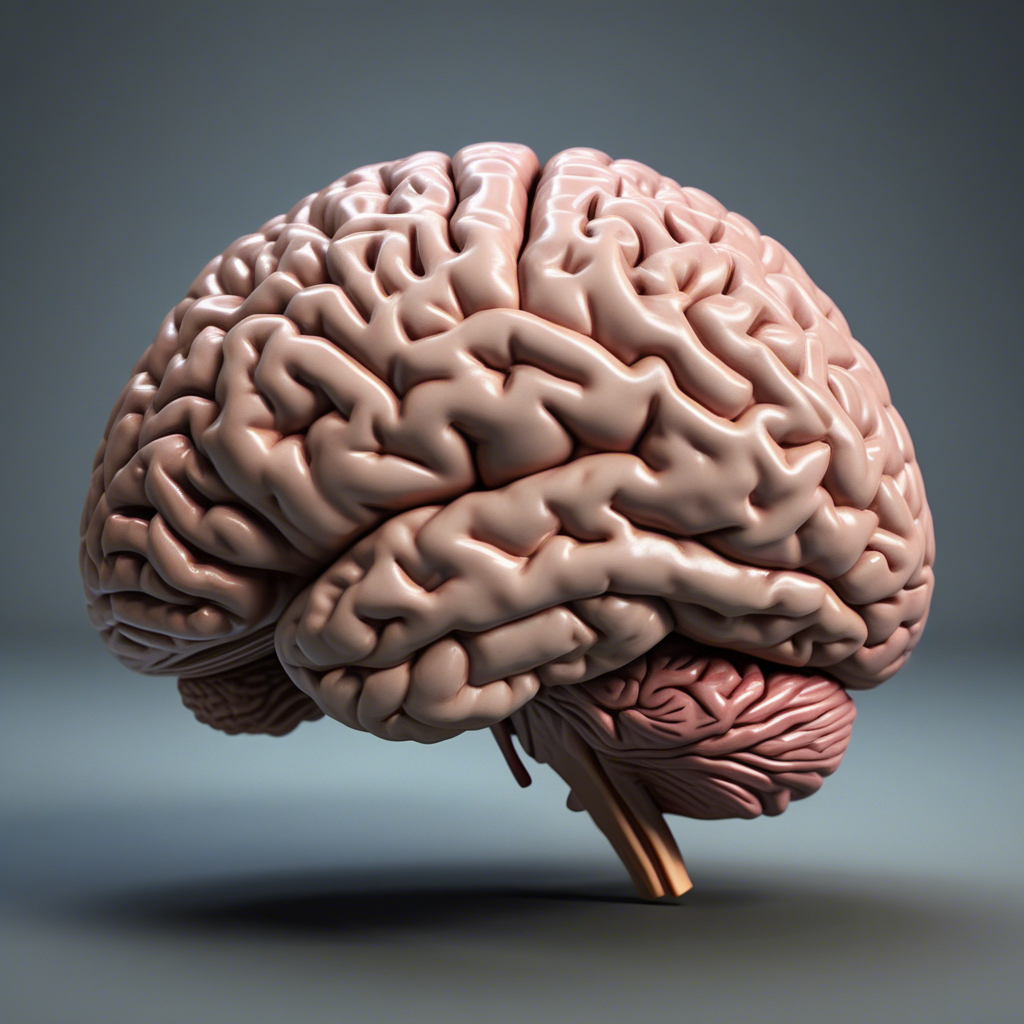The human brain is a complex and intricate organ, responsible for controlling everything from movement and sensation to thought and emotion. Despite centuries of study, the brain remains one of the greatest mysteries of modern science. However, recent advances in neuroscience have shed new light on the workings of the brain, revealing new insights into its structure, function, and behavior. In this article, we will explore some of the most significant recent advances in neuroscience and what they mean for our understanding of the human brain.
Imaging the Brain
One of the most significant advances in neuroscience has been the development of new imaging technologies that allow us to visualize the brain in unprecedented detail. Techniques such as functional magnetic resonance imaging (fMRI), positron emission tomography (PET), and electroencephalography (EEG) have enabled researchers to map brain activity, identify specific brain regions, and study the connections between them.
- Functional MRI (fMRI): fMRI measures changes in blood flow in the brain, allowing researchers to identify areas of activity. This technique has been used to study everything from language processing to decision-making.
- Positron Emission Tomography (PET): PET scans use small amounts of radioactive material to visualize brain activity. This technique has been used to study the brain’s reward system, among other things.
- Electroencephalography (EEG): EEG measures electrical activity in the brain, allowing researchers to study brain waves and identify patterns of activity.
Brain-Computer Interfaces
Another significant advance in neuroscience has been the development of brain-computer interfaces (BCIs). BCIs are devices that allow people to control technology with their thoughts, using electroencephalography (EEG) or other techniques to read brain activity. This technology has the potential to revolutionize the way we interact with the world, enabling people with paralysis or other motor disorders to communicate and control their surroundings.
- Invasive BCIs: Invasive BCIs involve implanting electrodes directly into the brain, allowing for high-resolution recordings of brain activity.
- Non-invasive BCIs: Non-invasive BCIs use EEG or other techniques to read brain activity from outside the skull, offering a more accessible and less invasive alternative.
Neural Stem Cells and Neuroplasticity
Recent advances in neuroscience have also shed new light on the role of neural stem cells and neuroplasticity in the brain. Neural stem cells are specialized cells that can differentiate into different types of neurons, offering a potential source of new cells for repair and regeneration. Neuroplasticity, on the other hand, refers to the brain’s ability to reorganize itself in response to injury or experience.
- Neural Stem Cells: Neural stem cells have been shown to play a key role in brain development and repair, offering a potential source of new cells for treating neurological disorders.
- Neuroplasticity: Neuroplasticity has been shown to be a key factor in learning and memory, allowing the brain to reorganize itself in response to new experiences.
The Connectome
The connectome is a comprehensive map of the brain’s neural connections, offering a detailed picture of how different brain regions communicate with each other. Recent advances in neuroscience have enabled researchers to create high-resolution maps of the connectome, revealing new insights into the brain’s structure and function.
- The Human Connectome Project: The Human Connectome Project is a major research initiative aimed at creating a comprehensive map of the human brain’s neural connections.
- Connectome Mapping: Connectome mapping involves using advanced imaging techniques to create detailed maps of the brain’s neural connections.
Synthetic Neurobiology
Synthetic neurobiology is a new field of research that involves using genetic engineering and other techniques to create new neural circuits and systems. This field has the potential to revolutionize our understanding of the brain and to create new treatments for neurological disorders.
- Genetic Engineering: Genetic engineering involves using genetic techniques to create new neural circuits and systems.
- Neural Prosthetics: Neural prosthetics involve using artificial devices to replace or augment damaged neural tissue.
Conclusion
Recent advances in neuroscience have shed new light on the workings of the human brain, revealing new insights into its structure, function, and behavior. From imaging the brain to brain-computer interfaces, neural stem cells, and synthetic neurobiology, these advances have the potential to revolutionize our understanding of the brain and to create new treatments for neurological disorders. As research continues to advance, we can expect to see even more exciting developments in the field of neuroscience.


